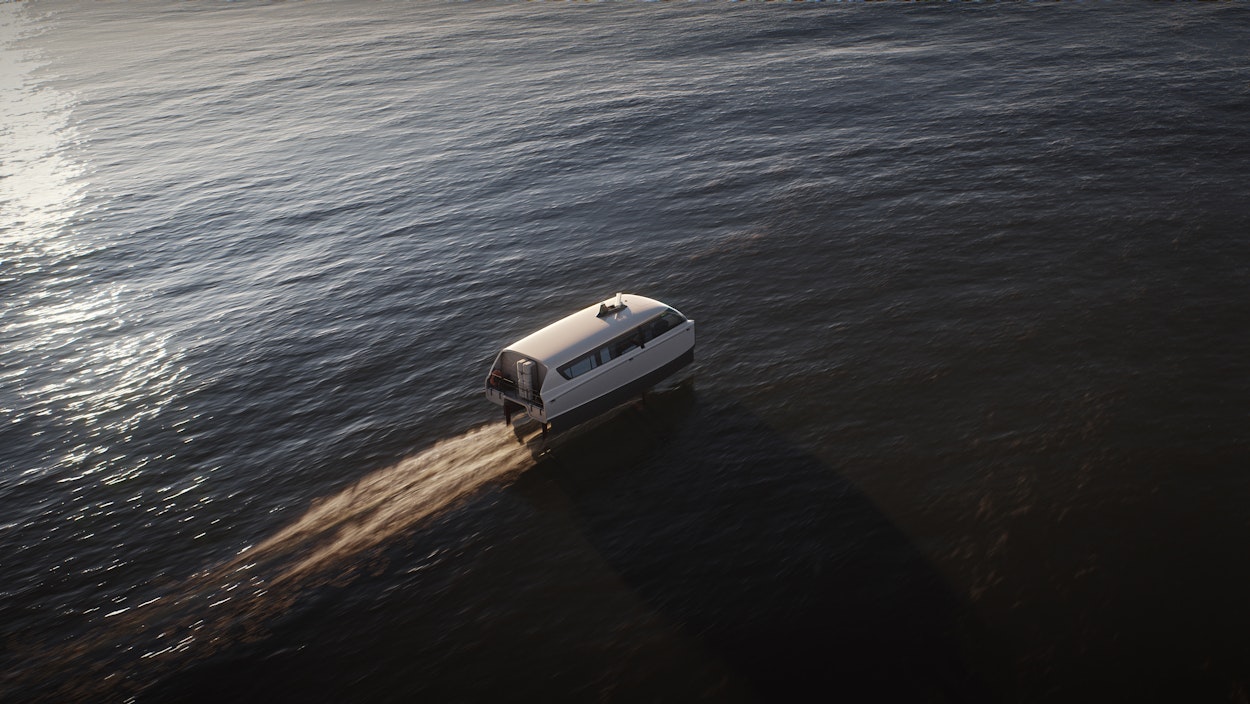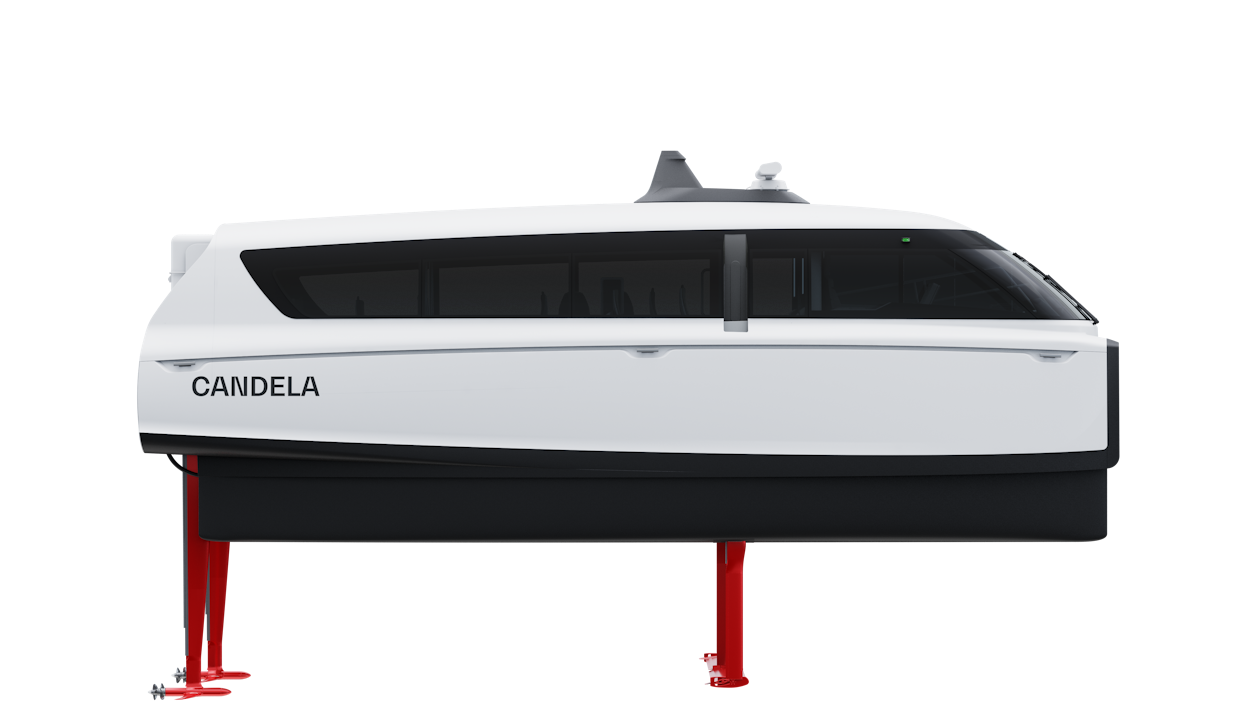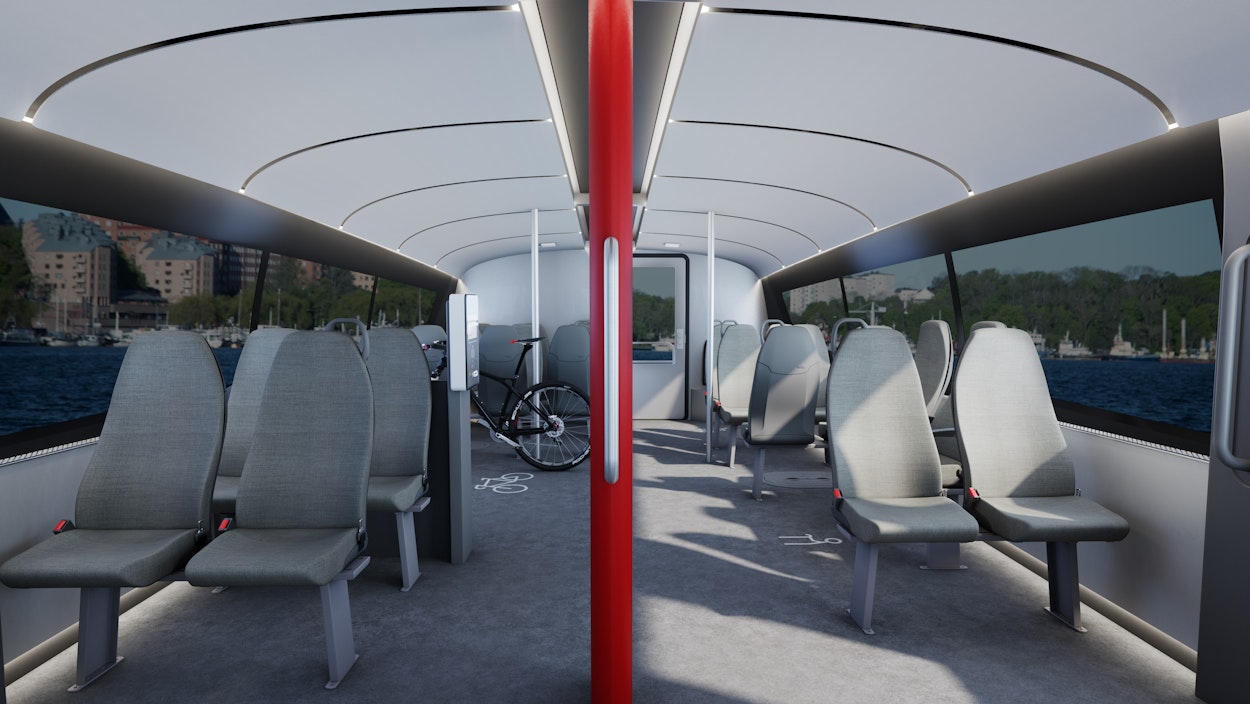Breaking waves: Candela to launch electric passenger vessel to redefine waterborne transport
30 September, 2022
Urban traffic congestion is a major problem across the world. Adoption of sustainable means of transport is increasing, but one solution is often forgotten: waterways. Having pioneered its technology with an all-electric speedboat, Sweden’s Candela is gearing up to redefine waterborne transport. Here’s how.
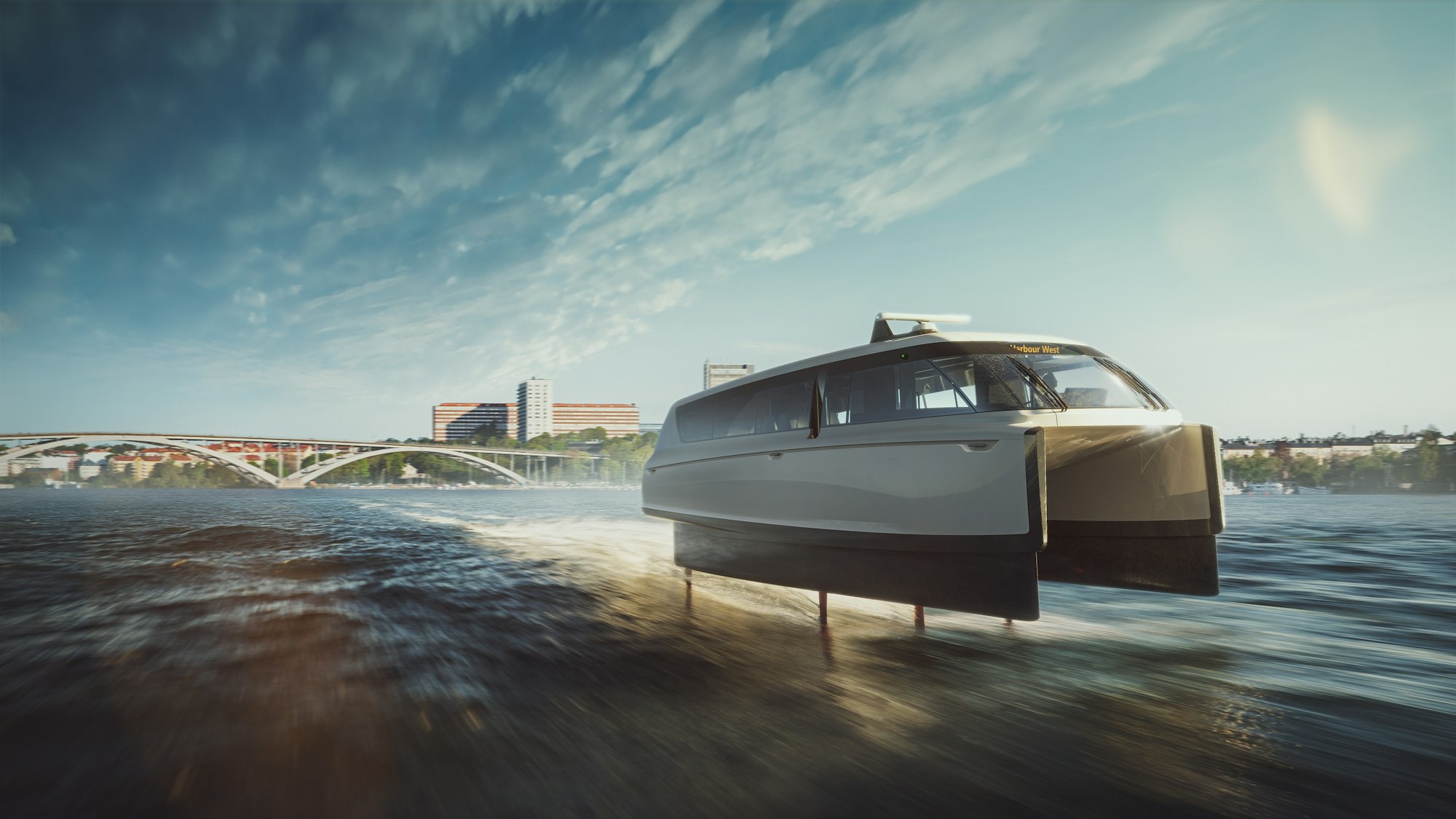
“Waterways are fantastic transport corridors, but they’re very much forgotten in discussion about how to make urban transport more sustainable. At Candela, we intend to deliver solutions which will unlock waterways,” Mikael Mahlberg, Head of Public Relations at Candela, tells Northvolt.
Explaining how waterways today are generally underutilized, Mikael says: “There’s several reasons for this, including wake (or wave) generation of vessels, pollution, and high costs of conventional vessels. Reliance on underground rail and bus is far more common.”
Mikael acknowledges that ferries are used, but notes that they generally represent a small share of the commuter mix and are associated with high levels of emissions through diesel consumption.
“This situation changes entirely with Candela vessels,” says Mikael, describing how a combination of battery-enabled electric power with hydrofoiling technology has been integrated into Candela’s debut C-7 and more recent C-8 powerboats.
“The launch of the C-8 speedboat in 2022 was a milestone for Candela, as it marked a shift from proof-of-concept towards our first commercial series vessel. As we ramp up production of the C-8, we’re now moving into a new area entirely with the P-12 Shuttle.”
It is with the P-12, a full-electric commuter ferry for 30 persons, which Candela aim to usher in a new era for travel by water.
The P-12 is set to become a benchmark for sustainable water transport
Clean, convenient crossings from Candela
With a destination-to-destination speed of 60 km/h (30 mph), no wake and a cost per passenger mile around 10% that of traditional diesel ferries, the Candela P-12 is set to unlock the potential of waterways.
“We intend for the P-12 Shuttle to provide quick, clean convenient connections across waterfronts, along canals and rivers. In many cities what this means is a far faster alternative to cars or buses,” says Mikael.
The P-12 Shuttle will travel at higher speeds than conventional ferries. But as Mikael explains, it’s not simply the twin-mounted electric propellors that enable this.
With computer-guided hydrofoils, Candela P-12 rises above the water surface and in so doing avoids generating wake, or waves, like traditional vessels. This means that the impact of the vessel on water is almost nothing at all. Since the creation of wake is usually the reason why ferry speeds are limited, Candela expects its vessels will be permitted to travel at speeds that make commuters far more willing to choose ferries.
With up to 60 nautical mile (111 km) range and the ability to travel at 60 km/h, the Candela P-12 will enable 60% faster commuting times in urban areas compared to the diesel vessels it’s designed to replace.
“It’s the fastest electric ship to date,” says Mikael. “This means getting people to their destination quicker, but equally important is how it will allow for more frequent departures which is an important factor in commuter decision making.”
Rising above the waterline at cruising speeds through hydrofoiling is key for another reason too – it greatly reduces water resistance. “It’s this massive reduction in drag which enables our vessels to get the range they do from batteries,” says Mikael.
Candela shuttles will eliminate local emissions and use 80% less energy than conventional ships
Altogether, the P-12 is set to become a benchmark for sustainable water transport. Requiring less energy per passenger kilometre than a hybrid electric bus, the vessel results in up to 90% reduced fuel costs for operators.
Cruising on pure electric power means a 100% reduction in local emissions including particulate matter and NOx. The absence of a diesel engine also reduces operating and maintenance costs, avoids the need for oil changes and eliminates risk of oil leakages. For comparison, a diesel ferry can produce local emissions of around 13.46 kg per hour.
The Stockholm Project
Candela’s first P-12 Shuttle will be tested in the waters of Stockholm, Sweden. With the first entry into water slated for the end of 2022, Candela expects that the P-12 will be introduced into Stockholm city’s fleet of public transportation ferries early 2023 as a pilot on one of its main routes.
“We will run the pilot project until the end of the year and evaluate the P-12’s performance throughout this period. We’ll be assessing the vessel’s maneuverability and operating performance, and we’re also interested to learn about the commuters’ comfort and experience, as well as gain insight on chargeability, wake and noise.”
Ultimately, the demonstration aims to show how the duration of several current bus and subway commutes can be halved through a transport solution that is not only emission-free, but lower cost than traditional options.
Through reduced energy consumption, low maintenance needs and possibility to increase passenger volumes, Candela estimate that operational costs will be reduced by at least 40%.
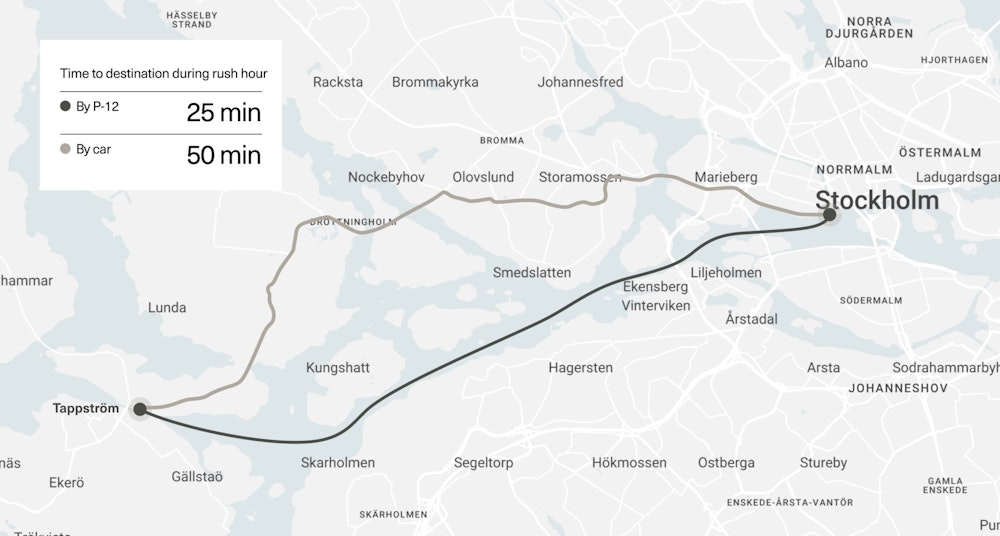
The commuter route which the pilot project will operate in Stockholm
